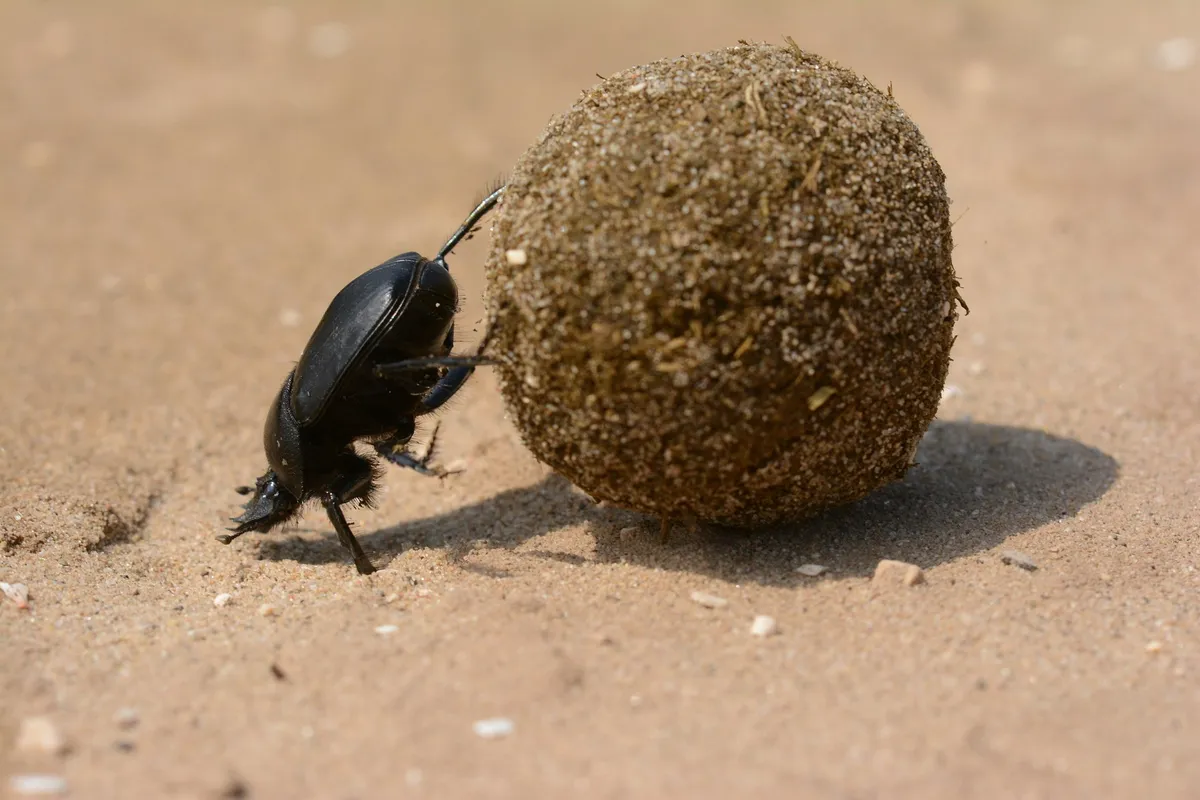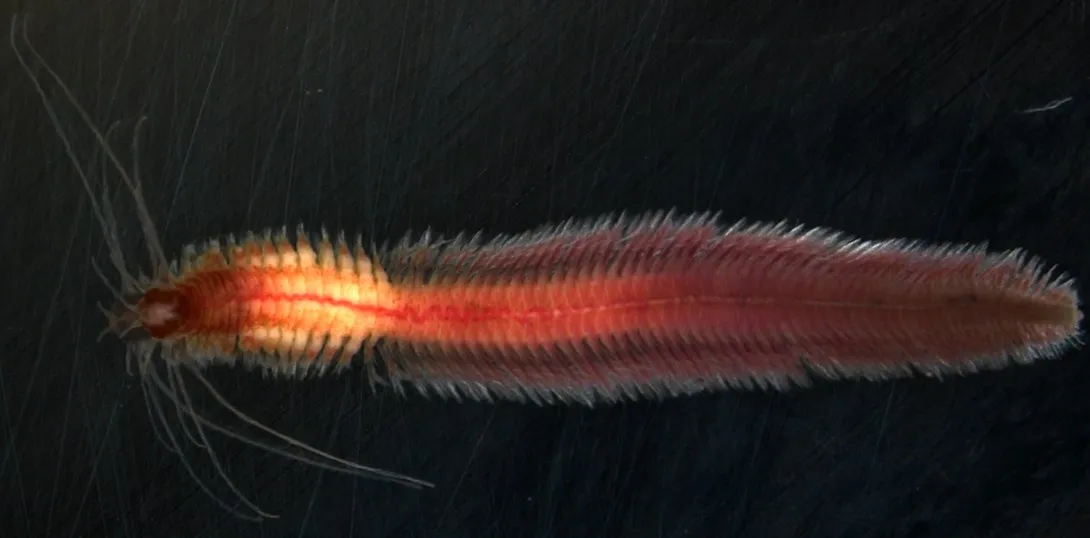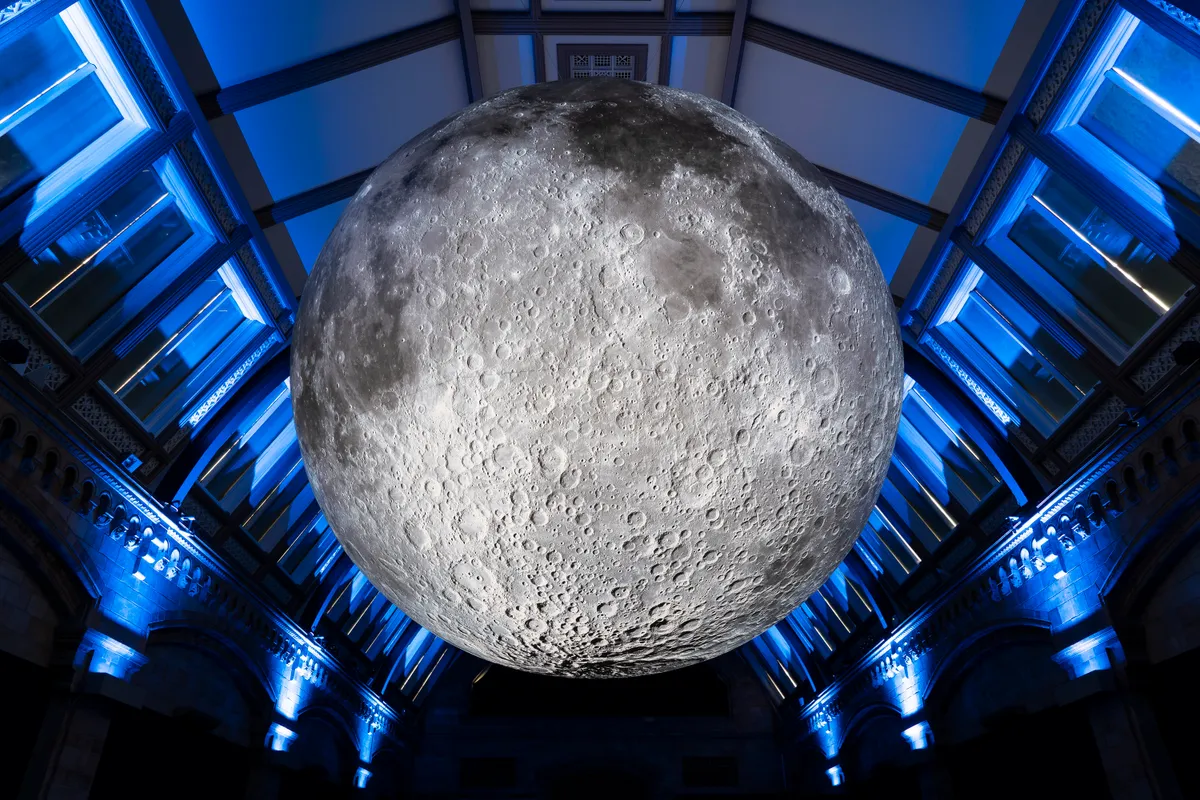For millennia people have attributed strange behaviours to the moon, our nearest celestial neighbour. Some of these stories are rooted in truth, others are just myths. The challenge is to disentangle the facts from the fiction. It is certainly true to say that the moon, which formed about 4.5 billion years ago, has probably been orbiting the Earth for longer than life has existed and has been an influence for the duration of evolutionary time.
The moon has three profound influences on life on Earth: time, light and tide. Two of these, light and tide, are also partly influenced by the sun - moonlight is, after all, reflected sunlight, and some tides are the result of the gravitational pull of the moon and sun acting together.
For many animals, particularly birds, the moon is essential to migration and navigation; others time their reproduction to coincide with the specific phases of the lunar cycle. And on a more practical level, nocturnal animals can hunt or forage more easily under the light of the moon - although venturing out on moonlit nights also comes with the risk of being hunted yourself.
1
Wildlife and tides
Perhaps the most tangible effect of the moon on Earth is the part it plays in the generation of tides. The daily tides are primarily caused by the moon, and these vary hugely around the world - parts of the UK witness some of the largest tidal ranges (up to 15m in the Severn Estuary), whereas in the Baltic the tidal range is only a few centimetres.
Spring and neap tides are caused by the moon and sun in tandem. Animals and plants that live in coastal habitats, especially in places with high tidal ranges, have adapted to live in some of the most variable and extreme places on Earth.
Nearly everyone will have seen limpets attached to rocky seashore habitats. These remarkable molluscs have adapted to living in hostile intertidal environments, protected by their hard, cap-like shells.
They scrape food from the rock surface with a tongue-like structure called a radula, which is covered in hundreds of teeth - these were recently shown to be made of the strongest biological material ever tested, five times stronger than spider silk and stronger even than man-made materials like Kevlar.
2
Wildlife and moonlight
Sunlight passing through the atmosphere creates patterns of polarized light as it scatters off atmospheric particles. The human eye can detect polarized light, but it is not an important element of our vision. However, the eyes of other animals can detect the angle at which light is reflected and polarized and use this to navigate.
The sun is the primary source of light during the day and the polarization pattern it forms is 100 million times brighter than that of the light reflected by the moon, but nocturnal animals can use moonlight just as effectively as their diurnal relatives. At night, the moon overwhelms all other sources of natural light and is used by nocturnal navigators as an orientation cue.
Sandhoppers, tiny crustaceans that live buried in sandy beaches, use both the sun and the moon to navigate. They can tell the difference between sunlight and moonlight, and so are able to move in the right direction between the sea and the shore regardless of the time of day.

A species of African dung beetle, Scarabaeus zambezianus, uses moonlight to collect dung efficiently. Once the beetle has located a fresh heap of dung, its main objective is to roll a ball of it away as quickly as possible to the safety of a burrow, to avoid competition from other beetles and potential predators.
The quickest route away from the dung to safety is a straight line; under polarizing moonlight, the beetles make a direct getaway from the dung heap. However, research has shown that in the absence of polarizing moonlight the beetles are only able to roll their dung balls along random paths.
The Mediterranean plant species Ephedra foemina, also called joint-pine or Mormon tea, is a gymnosperm (a group of plants that includes conifers, cycads and Gingko) that relies on insects for pollination. Its little cones produce droplets of fluid that help stick its pollen to passing insects, but it has no flowers or scent to grab the attention of would-be pollinators.
So how does the joint-pine attract passing insects? The answer lies in the way the droplets of fluid reflect moonlight, producing a sparkling effect under polarizing light that attracts beetles and other nocturnal insects to the plants.
3
Wildlife and phases of the moon
The moon is a clock. The lunar day, the time taken for the moon to complete one rotation on its axis, is the same time taken for it to complete one orbit of the Earth. We are just beginning to research and understand the ways in which biology is linked to circalunar clocks (timers linked to the phases of the moon, rather than circadian clocks linked to a 24 hour day) and the following examples all give a fascinating insight into the unique relationship between the moon, Earth and time.
Perhaps the most spectacular natural event to be driven by the moon is the mass spawning of the Great Barrier Reef. This annual spectacle, when billions of coral polyps release their eggs and sperm into the sea, can be seen from space. It has been compared to an underwater snowstorm.
The corals time the spawning according to several factors, including water temperature, salinity and food availability, but the lunar cycle is the trigger and the spawning always occurs between October and December just after the full moon.
Barau’s petrel Pterodroma baraui is an endangered seabird that breeds on the island of Réunion in the Indian Ocean. The petrels time their pre- and post-breeding migrations by the length of the day, waiting until it reaches 12.5 hours before setting off. Their arrival dates at the breeding grounds vary each year, but they always arrive at the full moon, suggesting that they use the moon to synchronise their migrations.

Invertebrates such as the marine annelid worm Platynereis dumerilii can regulate their reproduction cycle according to the phases of the moon with amazing precision. These worms live in the sea bed and have a lifespan of about seven months.
Under the full moon, the sex cells in adult worms mature; then, exactly 14 days later (under the new moon) and four hours after sunset, they float to the surface and synchronously release eggs and sperm. After spawning, the worms die, and a new generation begins to grow in the seabed.
As these examples show, the moon affects numerous animal and plant behaviours in fascinating ways - but there is still a lot we do not fully understand. It is often difficult to research species that live in remote places or are only active at night, and light pollution caused by cities and human activities can be hugely disruptive to the natural rhythms of life under the moon.
This means that our knowledge is constantly evolving as our understanding of the unique relationship between the Earth and the moon continues to grow.
